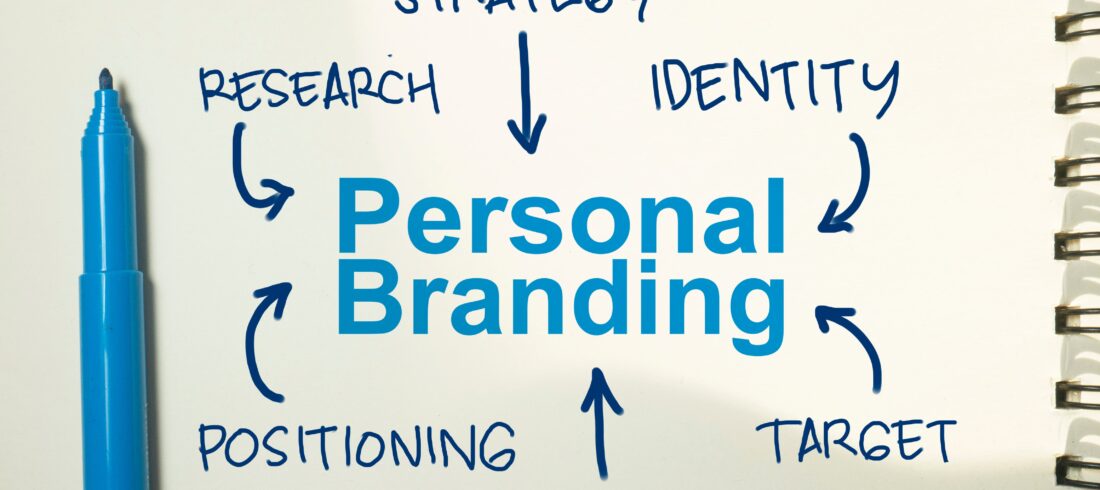Supplemental Security Income (SSI) is a powerful tool in America’s social safety net, providing a lifeline of about $33 a day to those who need it most! This includes individuals who are elderly, blind, or disabled. This essential financial support can be a game-changer, offering not just stability but also a gateway to additional government benefits. While understanding the eligibility requirements and application process might seem daunting, don’t worry. In this article we’ll go through the steps and resources needed to steer you smoothly through the process.
The Social Security Administration’s SSI Program
The Supplemental Security Income program is administered by the Social Security Administration (SSA). Through SSI, eligible individuals receive monthly payments to help meet basic needs for food, clothing, and shelter. To benefit from the program, an applicant needs to meet the following criteria:
- Be aged 65 or older, blind, or disabled.
- Have limited income and resources below specified thresholds.
SSI Criteria Explained
SSI eligibility hinges on several criteria, with a particular focus on medical and financial requirements as defined by the SSA. Understanding these criteria is essential for determining eligibility. It is also crucial for comprehending how you could receive monthly payments from SSI. Here’s a detailed look at these key criteria.
Medical Conditions and the SSA’s Definition of Disability
For a disability to qualify for SSI, an individual must have a medical condition that meets the SSA’s strict definition. This includes both physical and mental impairments that are expected to last at least one year or result in death. The disability must significantly limit one’s ability to perform basic work activities—like walking, sitting, and remembering—for at least 12 months. The SSA conducts a thorough review, which includes medical evidence from doctors and specialists, to determine if an individual’s condition qualifies as a disability under their rules. Examples of conditions that could qualify include severe arthritis, advanced heart disease, and schizophrenia.
Financial Eligibility Based on Limits Set by the SSA
Financial criteria for SSI eligibility are based on both income and resources. For income, the SSA considers various sources such as wages, pensions, and other social security benefits. Regarding resources, these include any assets that an individual or couple might own. The SSA sets the resource limit at $2,000 for individuals and $3,000 for couples as of 2025. Resources include cash, bank accounts, stocks, U.S. savings bonds, land, vehicles, personal property, and life insurance. These are assets that could be converted to cash and used for food or shelter. However, not all assets are counted towards this limit. For instance, the home one lives in and one vehicle are typically excluded.
Getting $33 Daily With SSI
As stated above the SSI offers monthly payments and for the year 2025 the maximums are as follows:
- $967 per month for an individual
- $1,450 per month for a couple
This means that an eligible individual can receive up to $967 each month, which is about $33 each day if there were 28 days in a month like in February! For a couple, the amount can be even higher if they qualify for the maximum. However, recipients should remember that these figures represent the maximum possible payments. The actual amount received can vary based on individual circumstances. Therefore, it’s important to review your state’s policies and ensure you meet the eligibility criteria.
Application Process for SSI
The application process for SSI is designed to be as straightforward as possible. Potential applicants can apply in several ways, including online at the SSA’s website, by telephone, or in person at a local Social Security office. The general application process involves:
- Gathering necessary documentation such as proof of age, disability, income, and resources.
- Reviewing the application to ensure all details are accurate and complete.
- After submission, the SSA reviews the application to verify eligibility based on the established criteria.
- Once approved, the application is processed, and benefits are scheduled for distribution.
Timing for Benefits
Usually, there’s a waiting period before you start getting SSI benefits. Most of the time, eligible recipients begin to receive benefits about one month after their application is approved, as long as they’ve submitted and verified all the required documents.
Additional Benefits Due To SSI
SSI can oftentimes serve as a gateway to a variety of additional state and federal benefits. This linkage not only enhances financial stability but also connects individuals to critical services and supports. Improving the help given to people with limited income and resources. Here’s how SSI recipients can access more support
- Medicaid: Typically, those who qualify for SSI automatically receive Medicaid. This crucial healthcare program covers medical expenses for low-income individuals, crucial for those with serious health conditions or disabilities.
- Supplemental Nutrition Assistance Program (SNAP): SSI recipients often qualify for SNAP benefits, which help them afford nutritious food, improving their overall health and well-being.
- Housing Assistance: Federal housing programs like Section 8 housing vouchers are more accessible to SSI recipients, helping to reduce the cost of housing and utility bills.
Bottom Line
Supplemental Security Income (SSI) is an essential part of America’s social safety net. It’s designed to offer financial support to some of the most vulnerable groups, such as the elderly, blind, and people with disabilities. By potentially offering about $33 a day to qualified individuals, SSI not only helps cover daily necessities but also opens the door to additional government benefits. While the process of understanding eligibility and applying for SSI might seem overwhelming, the steps are clear and resources are available to guide applicants through each stage.
Facing the challenge of disability, age, or economic hardship can be daunting. If you find yourself in such a situation, the SSI program might be a viable option, especially if you meet the required criteria.



